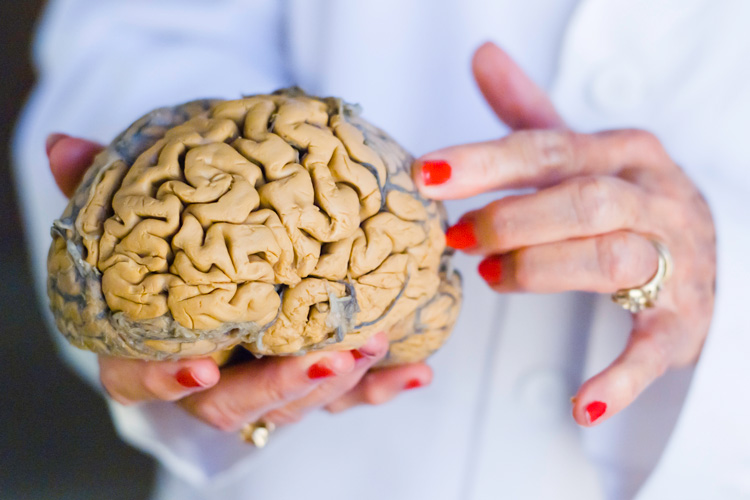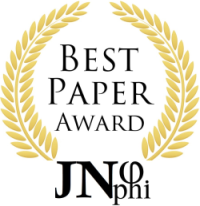What are Conscious Sensations?
Abstract
Existing theories about the nature of conscious sensations are discussed. The oldest classification system contrasts dualist theories (which say consciousness is an abstract entity) with monist theories (which say consciousness is a concrete entity). A more recent system contrasts process theories ("consciousness is a process, not a thing") with vehicle theories (consciousness is a property of one or more of the things associated with brain processes). The present paper first points out that processes are abstracta, which makes process theories dualist. It then argues that (a) dualist theories are untestable and therefore unscientific and (b) process theories which invoke information are at odds with the normal definition of information. Then two separate kinds of vehicle theory are discussed: first the neural identity theory and then a theory that pulls together the enormous volume of data generated by Crick's suggestion to forget about theories and simply measure the neural correlates of consciousness into a proposal equating sensory consciousness with certain patterns in the electromagnetic fields generated by brain function. The paper concludes with an injunction to stop researching this topic altogether, on the grounds that the results are likely to be used in unacceptably dystopian developments.
Keywords:
monism, dualism, process theories, vehicle theories, neural identity theory, NCCs, CEMF theoryDownloads
Metrics
References
Atkinson AP, Thomas MSC and Cleeremans A. Consciousness: mapping the theoretical landscape. Trends in Cognitive Sciences 2000; 4(10): 372-382
Aru J, Bachmann T, Singer W and Melloni L. Distilling the neural correlates of consciousness. Neuroscience and Biobehavioral Reviews 2012; 36: 737-746.
Barrie JM, Freeman WJ & Lenhart MD. Spatiotemporal analysis of prepyriform, visual, auditory, and somesthetic surface EEGs in trained rabbits. Journal of Neurophysiology 1996; 76(1): 520-39.
Barlow HB. Single units and sensation: a neuron doctrine for perceptual psychology. Perception 1972; 1: 371-394.
Bédard C, Kröger H & Destexhe A. Modelling extracellular field potentials and the frequency-filtering properties of extracellular space, Biophysical Journal 2004; 86 (3):1829–1842.
Downloads
Published
How to Cite
Issue
Section
Categories
License
Copyright (c) 2022 Susan Pockett

This work is licensed under a Creative Commons Attribution-NonCommercial-ShareAlike 4.0 International License.
Authors continue to hold copyright with no restrictions.














